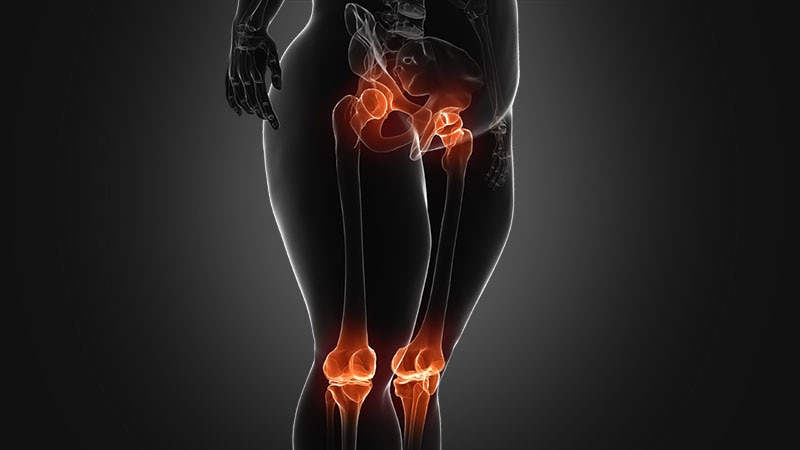Obesity Reduces Responses to TNF Inhibitor and Non-TNF Biologics
There does not appear to be superiority of any type of biologic medication for patients with rheumatoid arthritis across different body mass index (BMI) groupings, with obesity and underweight both reducing the effects of the treatments after 6 months of use, according to findings from registry data on nearly 6,000 individuals.

Dr Joshua Baker
Although interest in the precision use of biologics for RA is on the rise, few patient characteristics have been identified to inform therapeutic decisions, Joshua F. Baker, MD, of the Philadelphia Veterans Affairs Medical Center and the University of Pennsylvania, Philadelphia, and colleagues wrote.
Previous studies on the effect of obesity on RA treatments have been inconclusive, and a comparison of RA treatments across BMI categories would provide more definitive guidance, they said.
In a study published in Arthritis Care & Research, the researchers used the CorEvitas U.S. observational registry (formerly known as Corrona) to identify adults who initiated second- or third-line treatment for RA with tumor necrosis factor inhibitors (n = 2,891) or non-TNFi biologics (n = 3,010) between 2001 and April 30, 2021.
The study population included adults diagnosed with RA; those with low disease activity or without a 6-month follow-up visit were excluded. BMI was categorized as underweight (less than 18.5 kg/m2), normal weight (18.5-25 kg/m2), overweight (25-30 kg/m2), obese (30-35 kg/m2), and severely obese (35 kg/m2 or higher). The three measures of response were the achievement of low disease activity (LDA), a change at least as large as the minimum clinically important difference (MCID), and the absolute change on the Clinical Disease Activity Index (CDAI) from baseline.
A total of 2,712 patients were obese or severely obese at the time of treatment initiation.
Overall, patients with severe obesity had significantly lower odds of achieving either LDA or a change at least as large as the MCID, as well as less improvement in CDAI score, compared with other BMI categories. However, in adjusted models, the differences in these outcomes for patients with severe obesity were no longer statistically significant, whereas underweight was associated with lower odds of achieving LDA (odds ratio, 0.32; P = .005) or a change at least as large as the MCID (OR, 0.40; P = .005). The adjusted model also showed lesser improvement on CDAI in underweight patients, compared with patients of normal weight (P = .006).
Stratification by TNFi and non-TNFi therapies showed no differences in clinical response rates across BMI categories.
The study represents the first evidence of a similar reduction in therapeutic response with both TNFi and non-TNFi in severely obese patients, with estimates for non-TNFi biologics that fit within the 95% confidence interval for TNFi biologics, the researchers wrote. “Our current study suggests that a lack of response among obese patients is not specific to TNFi therapies, suggesting that this phenomenon is not biologically specific to the TNF pathway.”
The study findings were limited by several factors, including the focus on patients who were not naive to biologic treatments and by the relatively small number of underweight patients (n = 57), the researchers noted. Other limitations include unaddressed mediators of the relationship between obesity and disease activity and lack of data on off-label dosing strategies.
However, the results were strengthened by the large sample size, control for a range of confounding factors, and the direct comparison of RA therapies.
The researchers concluded that BMI should not influence the choice of TNF versus non-TNF therapy in terms of clinical efficacy.
The study was supported by the Corrona Research Foundation. Baker disclosed receiving support from a Veterans Affairs Clinical Science Research and Development Merit Award and a Rehabilitation Research and Development Merit Award, and consulting fees from Bristol-Myers Squibb, Pfizer, CorEvitas, and Burns-White. Two coauthors reported financial ties to CorEvitas.
This story originally appeared on MDedge.com, part of the Medscape Professional Network.
Source: Read Full Article
